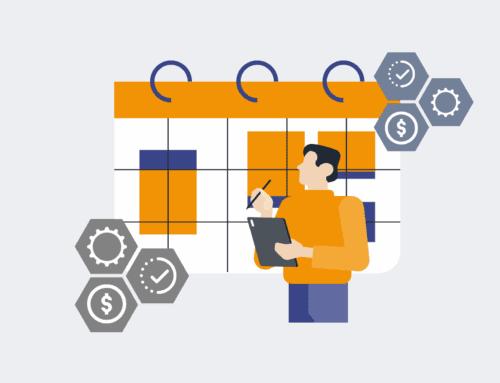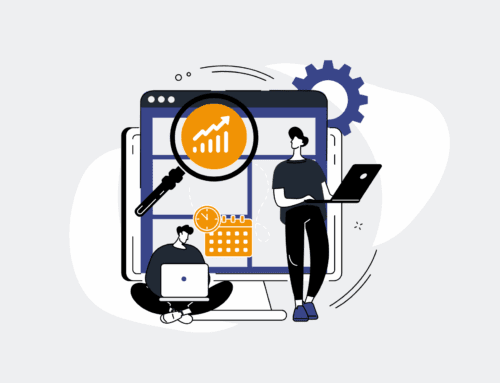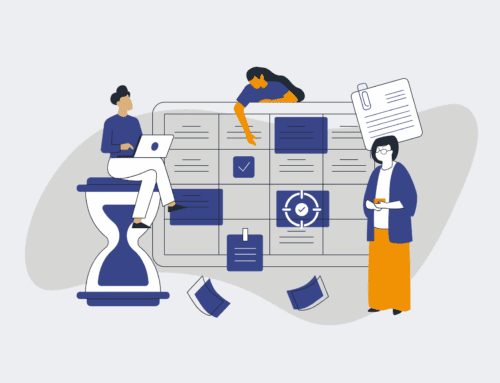Knowledge Transfer Made Easy: Building Offboarding Workflows for Departing Employees
The departure of an employee, whether planned or sudden, often leaves more than just an empty seat. It frequently creates a silent drain, a knowledge vacuum that can subtly—or sometimes dramatically—impact a company’s efficiency, project continuity, and overall intellectual capital. For business leaders, HR professionals, and operations managers, this isn’t merely an administrative inconvenience; it’s a critical vulnerability that can hinder scalability and innovation. At 4Spot Consulting, we understand that offboarding should be more than just collecting a laptop and a badge; it’s an opportunity to safeguard institutional knowledge and build a more resilient organization.
The Silent Drain of Departure: Why Knowledge Transfer Fails
Many organizations view offboarding as a series of necessary administrative tasks: final payroll, equipment return, access revocation. While essential, this transactional approach overlooks the profound impact of lost institutional knowledge. When a seasoned employee walks out the door, years of experience, project specifics, client nuances, and operational shortcuts often vanish with them. This isn’t just about specific tasks; it’s about the “how” and “why” – the unwritten rules, the historical context, and the problem-solving strategies that contribute to a company’s unique operational rhythm.
The Hidden Costs of Unstructured Exits
The costs associated with poor knowledge transfer are rarely calculated but always felt. New hires take longer to get up to speed, leading to reduced productivity and delayed project timelines. Critical projects may stall or fail due to missing information. Client relationships can suffer when context is lost, and the remaining team members become burdened with attempting to reconstruct missing pieces, leading to burnout and frustration. This inefficiency is a direct hit to the bottom line, impacting everything from operational expenditure to employee morale and customer satisfaction. It’s a preventable operational drag that many businesses simply accept as an unavoidable part of employee turnover.
Strategic Offboarding: From Exit Interview to Knowledge Repository
A strategic offboarding process transforms a moment of potential loss into an opportunity for growth and reinforcement. It’s about consciously extracting, documenting, and disseminating the critical knowledge held by a departing employee, ensuring it remains accessible to the organization. This isn’t about replacing the employee, but about preserving their intellectual contribution.
Beyond Checklists: A Proactive Approach
Effective knowledge transfer begins long before an employee tenders their resignation. It’s embedded in a culture of documentation and shared understanding. However, when an exit is confirmed, a structured, automated workflow can make all the difference. This workflow moves beyond a generic checklist, tailoring the knowledge capture process to the employee’s role, projects, and tenure. It identifies key areas of expertise, active projects, critical contacts, and essential procedures, creating a systematic approach to transferring this information.
Leveraging Automation for Seamless Knowledge Transition
The complexity of manual knowledge transfer often leads to its failure. This is where low-code automation, powered by platforms like Make.com, becomes a game-changer. Automation ensures consistency, reduces human error, and streamlines the often-chaotic period surrounding an employee’s departure. At 4Spot Consulting, we specialize in building these robust, interconnected systems that transform offboarding from a chore into a strategic asset.
Defining Key Information Assets
The first step in automating knowledge transfer is identifying what information is truly critical. This isn’t just about documents on a shared drive. It includes:
- **Active Projects & Status:** What are they, who are the stakeholders, what’s next?
- **Client & Vendor Relationships:** Key contacts, historical context, ongoing issues.
- **Process & Workflow Documentation:** How tasks are performed, specific tools used, departmental procedures.
- **Login Credentials & Access Rights:** Ensuring continuity of access to essential systems.
- **Team-Specific Knowledge:** Unwritten rules, best practices, historical decisions.
By categorizing and prioritizing these assets, we can design an automation strategy that targets the most impactful knowledge for capture.
Implementing Automated Workflows
Imagine a workflow triggered by an employee’s resignation or a planned departure date:
- **Automated Task Assignment:** Managers are prompted to identify critical knowledge areas and assign tasks for documentation to the departing employee and their team.
- **Centralized Documentation:** Links to existing documents, new templates for knowledge capture, and designated storage locations (e.g., SharePoint, Notion, specific CRM fields) are automatically provided.
- **Progress Tracking:** The system monitors the completion of knowledge transfer tasks, sending reminders and escalating issues as needed.
- **Access Management & Archiving:** Automated processes ensure accounts are systematically de-provisioned while critical data is archived or transferred to new owners.
- **Successor Onboarding Integration:** Captured knowledge is seamlessly integrated into the onboarding plan for the new hire, accelerating their ramp-up time.
This kind of automated orchestration removes the guesswork and ensures nothing falls through the cracks, systematically preserving the company’s collective intelligence.
The Role of AI in Capturing Latent Knowledge
Beyond structured documentation, AI can play a crucial role in extracting latent knowledge. Imagine AI tools analyzing communications (with appropriate privacy safeguards) to identify recurring issues, key decisions, or implicit processes that were never formally documented. This allows organizations to uncover insights that might otherwise be lost, transforming unstructured data into actionable intelligence. While not a replacement for direct knowledge transfer, AI acts as a powerful augmentation, creating a deeper, more comprehensive knowledge repository.
Building a Resilient, Future-Proof Organization
Implementing robust, automated offboarding workflows is more than just good HR practice; it’s a strategic investment in organizational resilience. It minimizes disruptions, protects institutional memory, and allows your business to maintain momentum even amidst workforce changes. By making knowledge transfer an integral, automated part of the employee lifecycle, organizations like yours can reduce operational costs, accelerate new hire productivity, and ensure that every departure strengthens, rather than weakens, the company’s foundation.
At 4Spot Consulting, we partner with high-growth B2B companies to design and implement these exact kinds of automation solutions, helping you save 25% of your day by eliminating human error and increasing scalability. Let us help you transform your offboarding process into a powerful mechanism for knowledge retention and continuous growth.
If you would like to read more, we recommend this article: A Step-by-Step Guide to Building an Automated Offboarding Workflow in Make.com









